Jd what do you use to do the soldering a large electric or a flame unit I have to say your solder jobs are outstanding
I use the torch on radiators.
Jd what do you use to do the soldering a large electric or a flame unit I have to say your solder jobs are outstanding
How much clearance are the fan blades to the radiator? The pressure resistance looks a bit much as it's very close in the camera shots here.The radiator is completed.
View attachment 94511
View attachment 94512
View attachment 94513
View attachment 94514
How much clearance are the fan blades to the radiator? The pressure resistance looks a bit much as it's very close in the camera shots here.
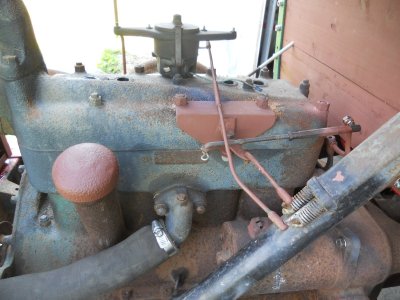
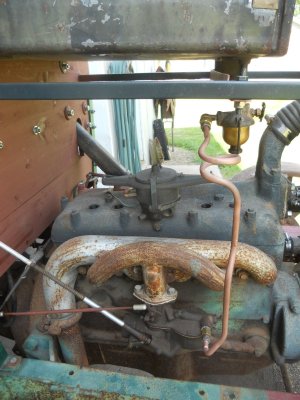
No fair...can't fact check..!I wanted to see what the decal looked like up close.
A-C D21. Well, that is not a TORO by any means.
View attachment 95469
It was a tractor club sticker if I remember correctly. The auction was both live online and in person. It was purchased by online bidder, auctioneer said it both were going to Texas.I wanted to see what the decal looked like up close.
A-C D21. Well, that is not a TORO by any means.
View attachment 95469
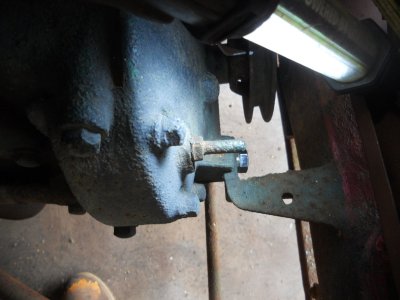
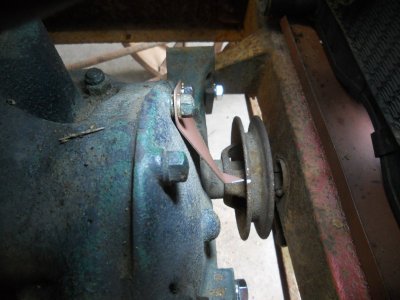
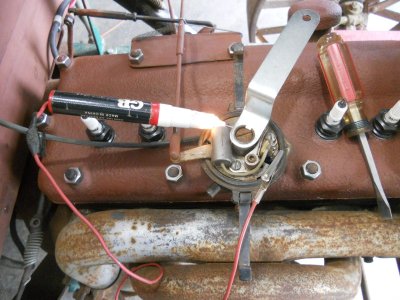
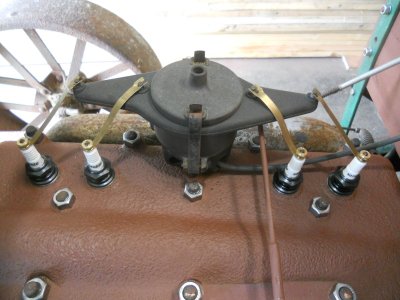

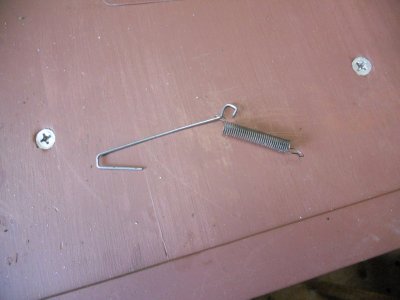
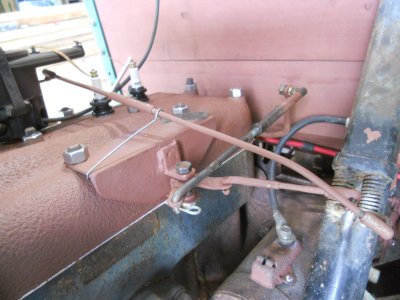
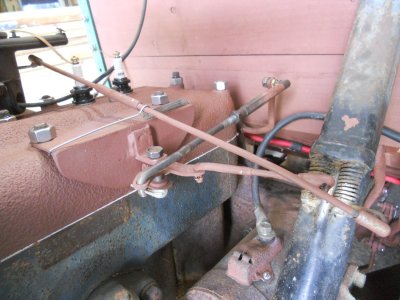
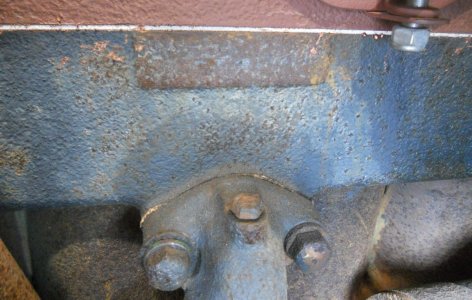
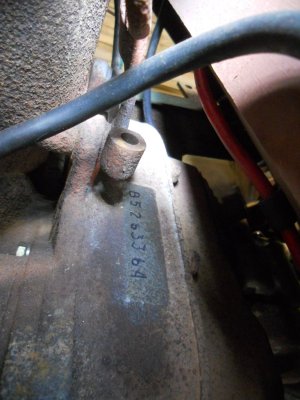
Hi JD so is this engine a Model B engine? I like what you did with the advance rod and the TDC pointerThe cylinder head is back on the engine and #1 piston is a TDC so I can set the timing.
The model-A, 4-cylinder engine has this pin threaded into the front of the timing cover.
To find TDC on #1 with the cylinder head on, this pin was un-screwed and turned around and stuck back into the hole.
There is a small indented spot on the front of the timing gear and the engine crank was rotated until you felt the tip of this pin slip into the indented spot.
Before I put the head on, I used this pin and I was not able to feel the indented spot with the pin.
View attachment 95525
With the head on, I'm not going to be able to find TDC again later if I need to.
So I ground a notch on the back flange of the crank pulley and made up a marker point out of stainless to mark TDC.
View attachment 95526
The distributor is mounted solid in the head.
The center shaft in the distributor has a collar on it with a notch in it.
They make this special tool for rotating and holding this collar.
To set the timing, you hook a test light between the wire on the points and engine ground.
The collar is rotated clockwise until the test light just comes on.
That means the points have just closed.
Then, holding the collar firmly in place, you tighten the center screw to lock the collar in place.
View attachment 95527
The rotor is pushed down onto the collar and the distributor cap is put on.
Hook up the four brass strips between the distributor cap and the spark plugs and the distributor is finished.
View attachment 95528
The spark advance rod is bent on the end to fit down onto the lever on the steering column.
There is nothing to keep it from laying over and rubbing against the edge of the throttle bracket on the head.
View attachment 95529
I made up a retaining clip out of stainless wire and a small spring.
View attachment 95530
One end of the wire fits under the front edge of the throttle bracket and the other end fits down over the spark advance rod.
One end of the spring fits onto the wire, then goes under the rod and fastened to the back edge of the throttle bracket.
This holds the spark advance rod up off the engine.
View attachment 95531
The lever on the steering column pulls the rod down some when the spark is advanced but the rod is still held up off the engine.
View attachment 95532
The 1928 - 1931 Ford model-A cars, pickups and 1-1/2 ton trucks all have the serial number stamped on the side of the engine above the water inlet fitting.
This engine does not have a number stamped on it and that has always baffled me.
View attachment 95533
After doing some searching on the internet, I found that, starting in 1932 with the model-B, 4-cylinder engines, the cars and pickups still have the numbers stamped on the side of the block but the 1-1/2 ton trucks have an area on top of the bellhousing where the numbers are stamped on it.
I had to use my small air powered belt sander to clean the rust off to find the numbers.
Then I went over them with a felt tip marker and sprayed clear over the area.
This serial number was issued in early December of 1933.
View attachment 95534
Hi JD so is this engine a Model B engine? I like what you did with the advance rod and the TDC pointer
Yes, it is a model-B

